Welcome to Africa Unbound, a newsletter by me, Kim Chakanetsa. You can learn more about my plans for this newsletter here. Thanks for stopping by - let’s get started.
In our debut issue, I talk to the supremely talented Nkuli Mlangeni-Berg, a South African textile designer and the creative force behind Ninevites, a design studio and collaborative platform. Nkuli, based in Sweden, is an award-winning designer and the maker of many beautiful things, including the Sankara rug. Mine lives on my wall in London (out of the reach of calloused feet;)
Kim: What is your earliest memory of encountering anything related to the arts or crafts?
Nkuli: I think it was when we visited our family in Lesotho, because I grew up in a township in Johannesburg, and we didn't really have much space. Townships are a bit wild. When we visited our aunt in Lesotho, she had this beautiful mud house and made everything inside herself. In Lesotho, they have an apparatus where you place corn and then grind it to make flour. I didn't think about it as craft. It was just my aunt's grinder that she used to make flour. They also had grass mats and all kinds of craft objects in the space. It was well-made and beautiful. In the township, my grandmother used to run a Shebeen, a drinking space, and we had a lot of guests coming in and out all the time to party. The fashion was amazing, people were so well dressed and they would discuss different fabrics. This was where I started appreciating textiles.
On starting out…
When you were younger, did you think that a career in the creative sector was a viable option?
No, I didn’t. When I finished high school, I tried to go to Wits (Witwatersrand University), but my mom didn't have money, so I had to drop out. My friends were studying photography. I liked fashion, and suggested doing fashion shoots together. I would put together the clothes and style the shoots. I took those pictures to Drum magazine and True Love magazine. I ended up as the fashion stylist at Drum. One thing led to another, and I received a scholarship to study in a creative entrepreneurial school called KaosPilots in Switzerland. The education itself was for creatives, but it taught us to use our craft or skills to become entrepreneurs. So I started to incorporate those lessons in my life, and that's how the Ninevites business happened. I asked myself, “how do I bring these two things together and create something that can earn me an income?” I've always had a job on the side, and the creative ideas were more like a passion project. I always wanted the safety of having an income so that I could be creative without struggling.
On recognition…
In 2017, you won the prestigious Design Indaba award for the most beautiful object in South Africa for your Sankara Rug – what was that moment like for you?
I was just a student and all of a sudden, I was being invited to all these interviews. I had no idea what to do. I was just so overwhelmed, with everyone asking me to collaborate with them. You can imagine the pressure if you are in that position where you don't have resources, and you're struggling and hustling. I asked them how much they would pay and they offered me 7,000 rands (approximately $400 USD) to do a collaboration, which was going to be international, but I decided to reject it. When you are starting out, it's tempting to accept 7000 rands, but you end up in a deficit. Some other people said we like your design, but what about just printing it instead of weaving it? Then it would be cheaper, and it could be mass-produced. But the whole point for me was to revive craft and to support artisans, so going for the fast route defeated the purpose. At the time, I had a Ninevites Instagram page, which had a lot of followers. I had to delete it because I had to reset. If I had continued at that pace, it would have meant compromising on a lot of things that I felt very passionate about.
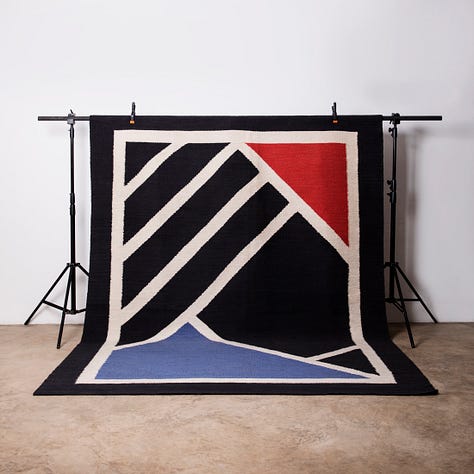
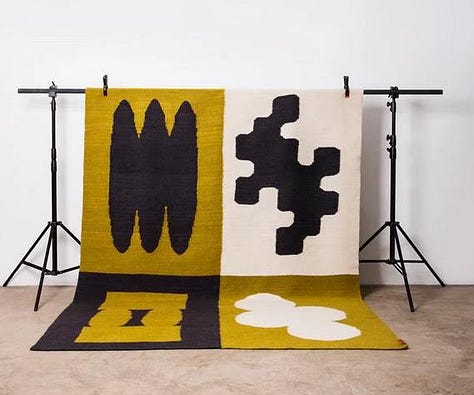

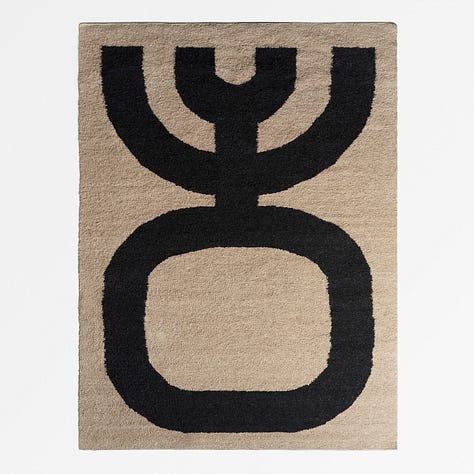
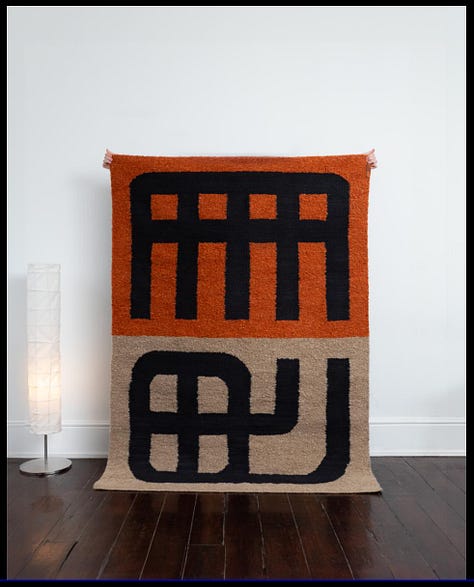
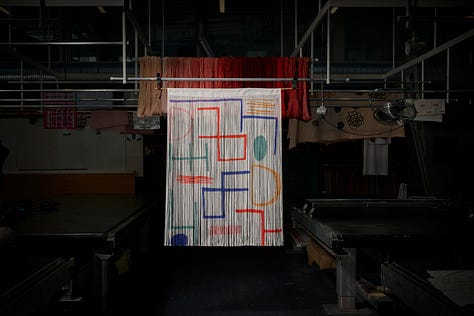
On protecting your heritage
Heritage Preservation is a theme that runs through your work. What do you think is lost when we don't nurture or protect our heritage?
In Sweden, the government invests in preservation, and archiving. So, when the designers and artists are working, they have something to reference. In contrast, when I am working, I have to go to the British Museum's website or the Smithsonian online, to view the South African collection because we don’t have our own archives. Some of it has been lost or was taken to these countries. But I also feel, for example, that South Africa has a very rich culture of dance, but I don't know anywhere where you can see or read about it.
No one's documenting it?
No one is documenting it. For example, isiPantsula used to be a popular dance but if I want to tell a child about it, how they used to dress, and what inspired it, there would be nowhere to view it. So now, with all these dance movements happening, it's great and beautiful, but it's not being preserved. It happens and it disappears.
It lives in somebody's TikTok archive.
Exactly. I think that if we had spaces where young people can preserve it, or not just young people, because other people also want to access it, that would be so incredible. The preservation part is important. Even with craft, there are so many amazing artisans in the KwaZulu Natal region.
What keeps you up at night when it comes to your business?
I really struggle to prioritise and know what is important. I often focus on the things that give me energy, and then try to figure out costing, which does not give me any energy. I came to a point where I acknowledged that numbers are not my strength and I need to find help in that area.
So, what brings you energy?
Creating and thinking of new ideas gives me energy. Colours also give me energy. When I look at textiles and pictures, I start thinking of colour combinations. I love daydreaming about the possibilities. In addition, being able to support the people that I work with and play a part in their lives so they can support themselves and their families gives me energy.
What brings you pleasure outside of work?
I love travelling. When I am stressed, I search for flights and hotels, even if I'm not going anywhere. Just the act of shopping changes my mood. It’s just dreaming again. You look at the website and it asks where you want to go. I dream of the many options in answer to that question. That's cool, I love that.
How has living in Sweden changed your approach to design? If at all?
In the townships of South Africa, you don't have a lot of access to nature. And one of the things that I saw when I came here was that designers and artists were really inspired by nature. At first, it was a tricky thing for me, because I was coming from Joburg, and going into the forest can be a bit scary, because you never know what's going to happen. Now I'm much more appreciative of nature. Especially in the summer, I think Sweden has really beautiful flowers and colours. So I would say that I didn't even think you can make something beautiful, because you see the colours in a plant or a flower. And that's okay. It does not have to have some kind of deeper meaning. It's makes me feel a little bit lighter. Before moving, I observed Scandinavian design from a distance. Now I am much more confident in my ideas and where I come from. Our crafts are just as amazing, and so I don't have to feel like a lesser designer. I also don't have to follow their way, because when I was home, I thought I needed to appeal to the western audience but now I don't think like that anymore.
CREATIVES NKULI THINKS YOU SHOULD KNOW:
You can find Nkuli and her fabulous work here and here.
This week’s cultural highlight…
I visited the 1-54 Art fair in New York. It felt like a much smaller affair than its London counterpart, which is a good thing. It means you can see most of the booths without getting tired. I added a few new artists to my ‘If I had a spare $10,000 to buy art’ wish list: Victoria Oniosun (Nigeria), Clint Strydom (South Africa), Adana Tillman (US), and Mohau Modisakeng(South Africa).
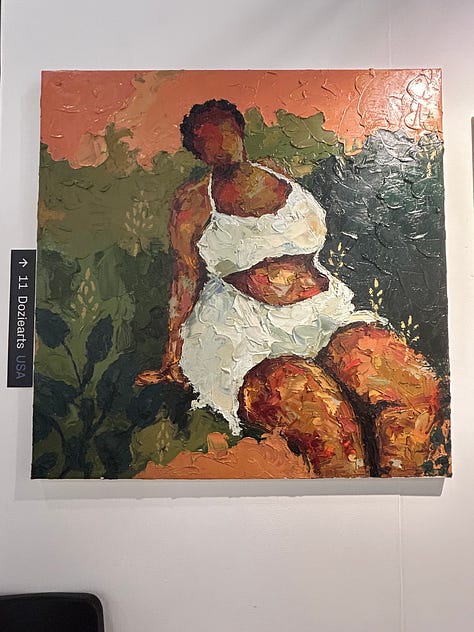
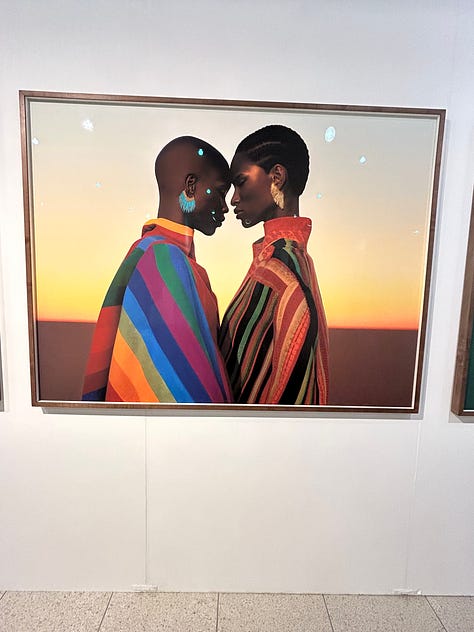
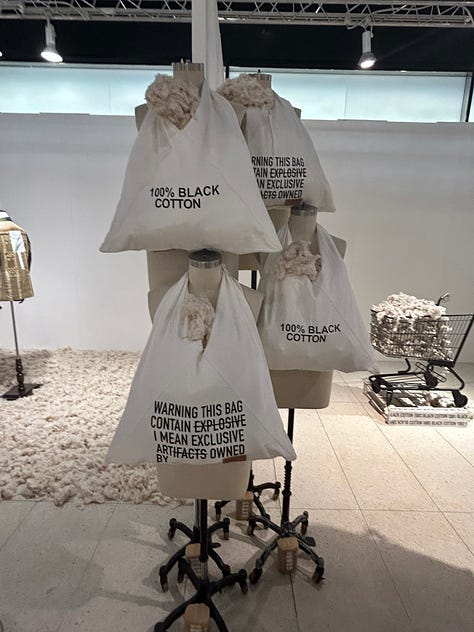

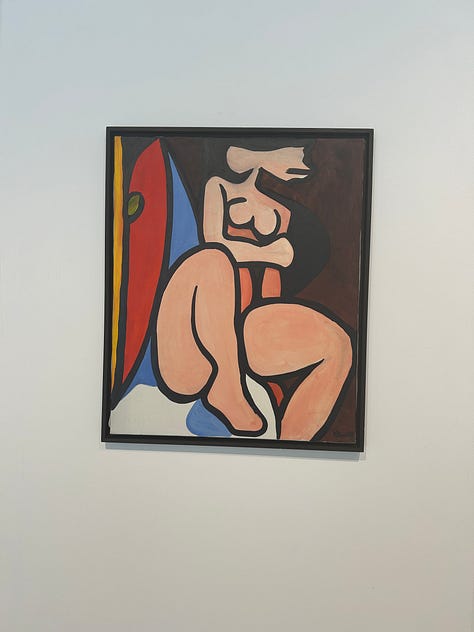




Thanks for reading.
See you next week!
Kim






This was lovely to read. As a Swede living in Zambia and married to a Zambian man I really enjoyed to read her views on art. Thank you for writing!